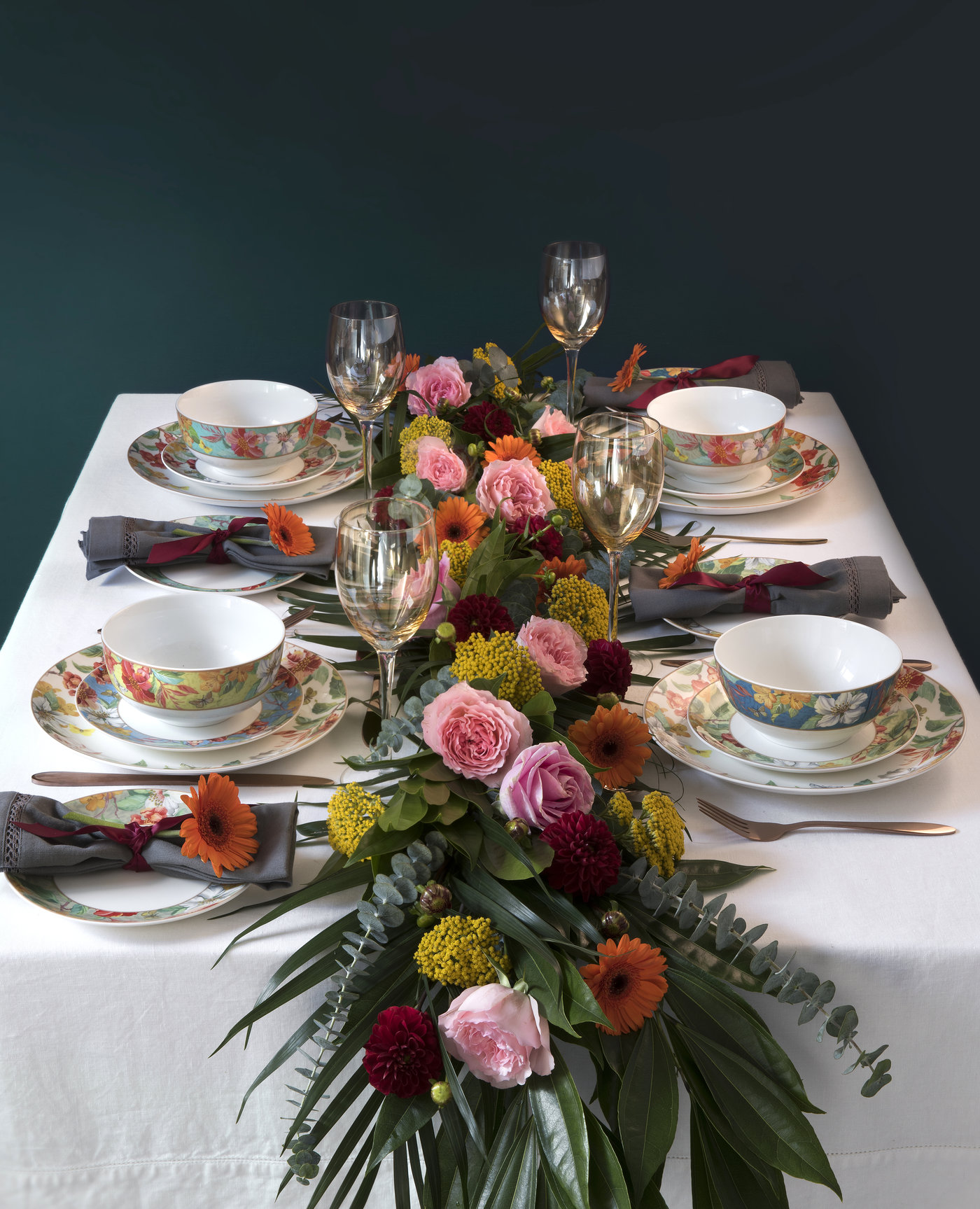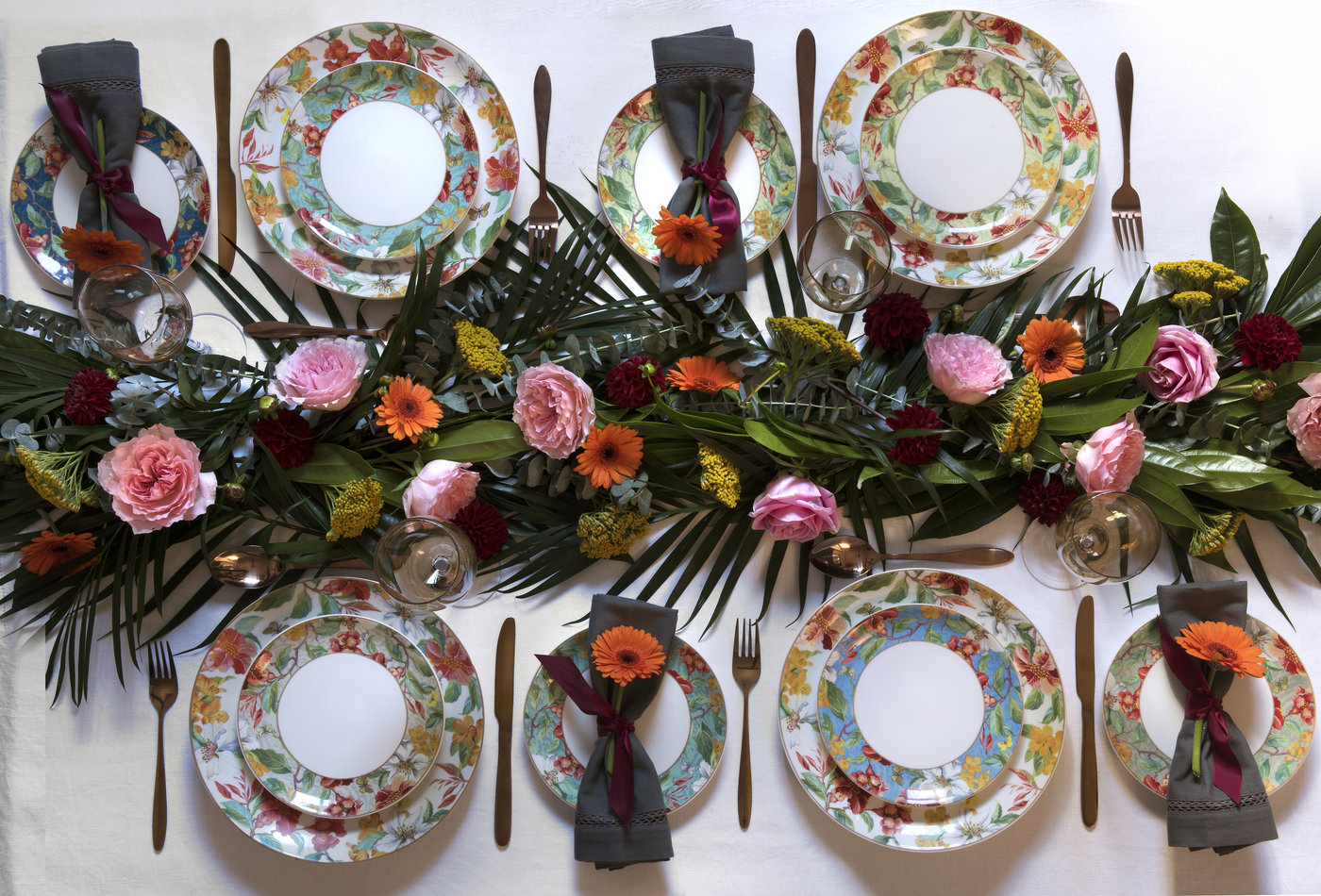It’s no wonder people get so anxious trying to pick a quality dinnerware set. After all, it’s a purchase that will certainly outlast your car, your clothing and your furniture, will probably be with you even longer than your current home, and could even be passed down through the generations. No pressure then!
At Spode, we can’t tell you what kind of dinner set to buy – everyone has their own taste, after all – but we can give you some useful facts that might help you to come to a final decision on such a personal and important lifestyle choice.
What will you be using it for?
There are several reasons why you might want to buy good quality tableware:
- Everyday use
- Special occasions
- Decoration
- Investment
- You’re a collector
If you’re a collector or an investor, we’ll assume you’re already something of an expert in dinnerware – and there are plenty of online resources to help you with collectability, valuation and such like. Good luck!
If you’re looking for a display set of dinnerware but aren’t likely ever to use it, then you can happily overlook factors such as dishwasher safety and, to some extent, fragility, as your set will be at minimum risk of wear and damage.
So now it’s on to tableware that you’re actually going to use, be it regularly or occasionally. Obviously as lovers of fine dinnerware, we wish everyone would bring out their best whether it’s a Christmas dinner or a sandwich on front of the TV, but we understand that not everyone shares this opinion!
![]()
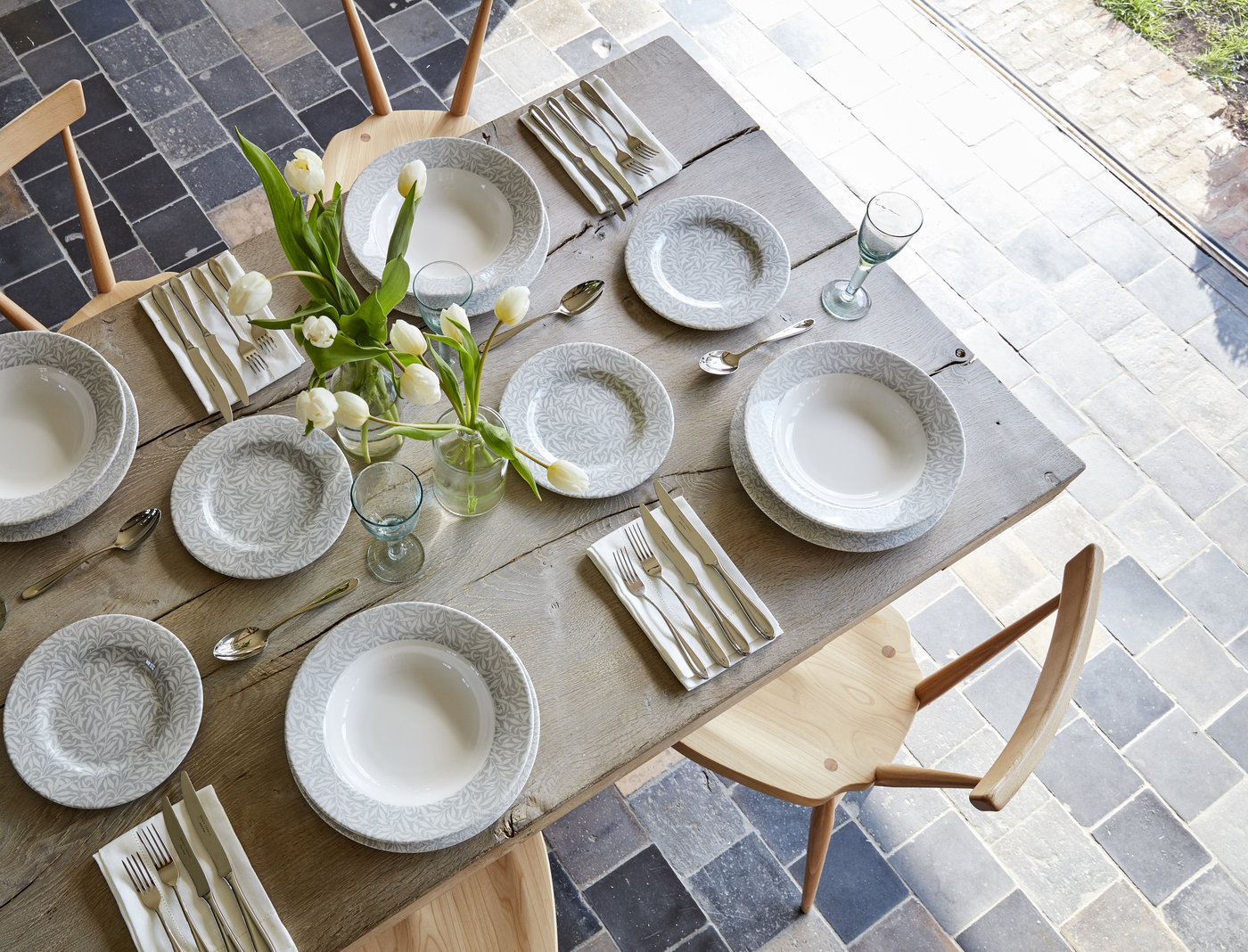
For everyday use, your biggest perils will be chipping, breakage and damage due to dishwashers and microwaves, so check any product descriptions for such issues. What’s most likely to make a piece of crockery unsafe for microwaves is metal inlays, so look out for those if the descriptions are not specific.
Earthenware is quite fragile compared to other types of ceramic. It’s also porous, which could be an issue depending on the glaze. Stoneware is fired at a higher temperature, and as a result is hardier when it comes to everyday chipping and cracking, although earthenware is generally considered to be a slightly higher-quality product. As for bone china, its translucent and delicate appearance might make it look like it would easily break, but in fact it’s one of the strongest dinnerware ceramics, weight for weight. But the quality comes at a price.
For occasional use, the dynamic is slightly different. You’re probably looking for something that will wow and dazzle your guests, make the food look amazing and form part of a whole decorative palette. This usually means that a neutral or simple design will work out best. Fashions and tastes change, and your table décor might have a different feel as the years and seasons pass, so it would be good to have dinnerware that is likely to go well with a range of colours and geometries. Put your emphasis on the quality of the build rather than the boldness of the design and you won’t go far wrong. That said, a timeless classic like Spode’s Italian Blue, which is far from being the shrinking violet of the tableware family, seems to transcend the passing whims of fashion and draws a wow whenever it’s placed on the table.
What’s your budget?
Your budget will probably be determined by what you intend to use the tableware for, but if you’re determined to make a once-in-a-lifetime purchase and the sky’s the limit, you’re spoilt for choice when it comes to dinner sets.
One of the great advantages of a timeless style is that you’ll be able to build up a large set over several instalments. So you could buy the plates one year, the teacups and saucers the next, then side-plates, serving plates and so on.
The one-off cost per item will be lower if you buy the whole set in one go, but we do understand that people’s domestic budgets don’t always allow such a purchase. The best things in life are worth waiting for, too, so build up your dream dinner set at a pace that suits you and you’ll appreciate your collection as it expands.
How many people?
If you have a large family and are determined to feed them all without resorting to your spare plates (or paper ones, but let’s not go there), then obviously you’re going to need to ensure you go for a large set. Most sets are created for four or eight people. A 16-piece set will contain (for example) 4 × mugs; 4 × dinner plates; 4 × bowls; and 4 × side-plates – not a set for 16 people. A 32-piece will double these numbers up.
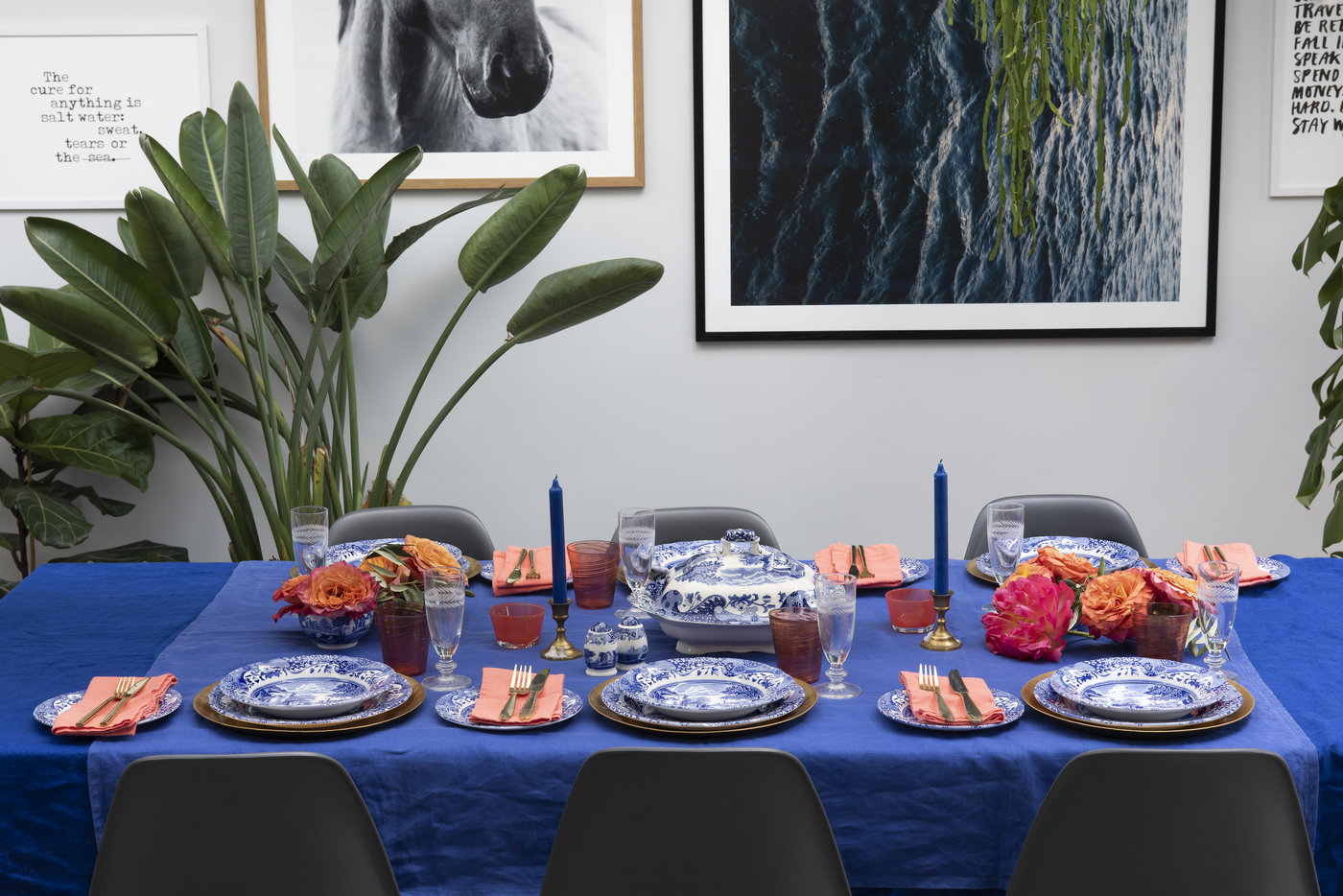
There’s only a 25% chance that you’re going to need an exact multiple of four sets of dinnerware – three quarters of us will need a number somewhere in between. All quality dinnerware manufacturers and retailers sell individual pieces, so however many you need, you can make up the numbers and custom-build a set to your own needs by creating your own bespoke set piece by piece.
What pieces do you want?
On the subject of numbers, it’s important to note the exact contents when buying. Some sets will contain cups and saucers alongside dinner plates; others might have serving dishes in various sizes. Don’t just go off the headline number of items as they are not a guide to the contents of the set.
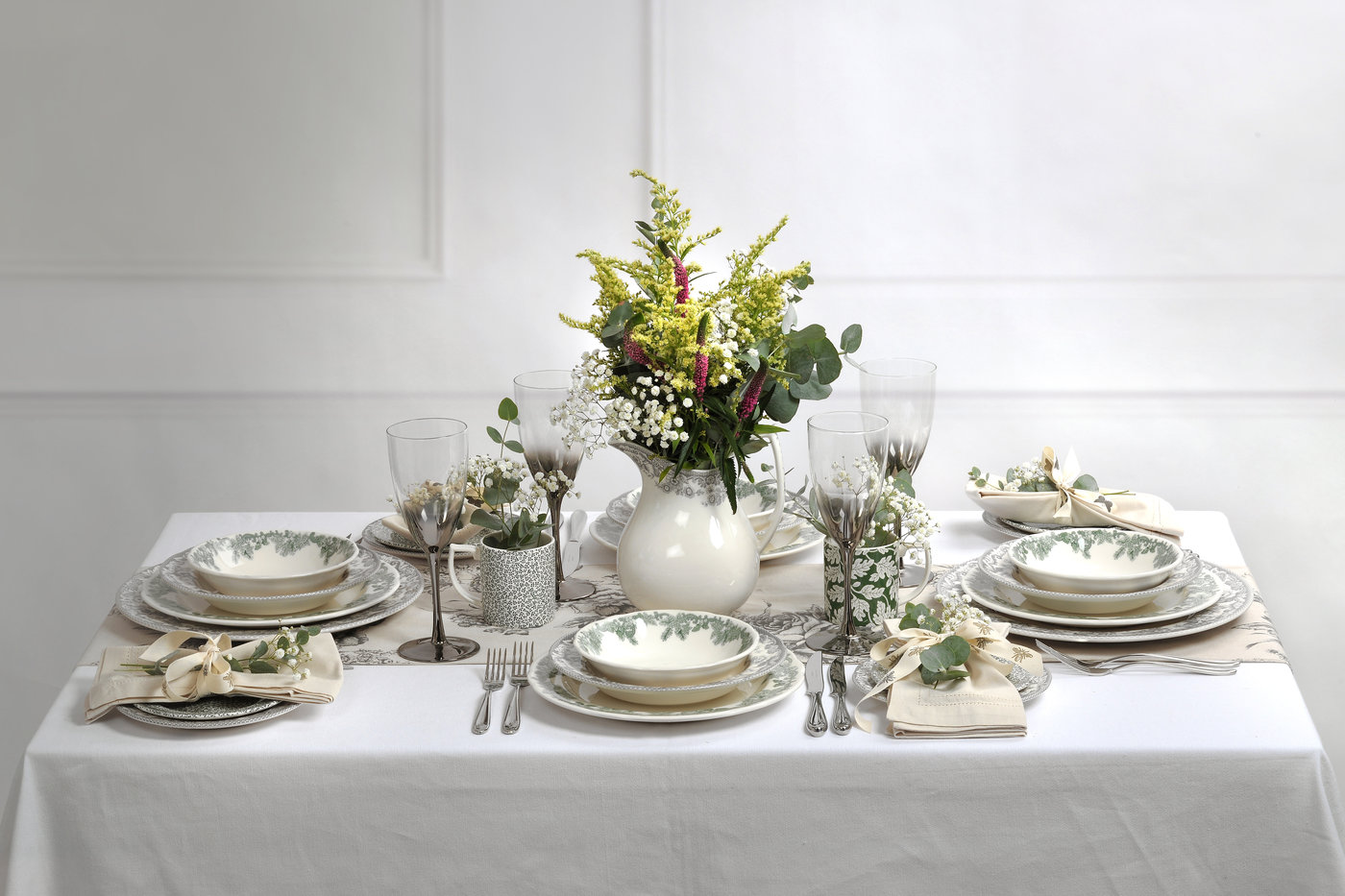
There are dozens of possible permutations of plate sets, bowls dishes, cups, mugs, pasta bowl sets and centre-pieces. Although the manufacturers and retailers will bundle popular combinations together, if you’re looking for a bespoke dinner set combination, you might have to build it up yourself rather than going for a set. Again, though, it’s worth taking some time to work out if certain sets would work out cheaper than individual purchases, even if there’s a type of piece that you don’t think you’ll use.
Think of spares
There’s a likelihood that if you use your dinnerware regularly, some of it is going to get damaged or broken beyond repair. Spares should be part of your thought process if you really can’t tolerate the idea of a mix and match dinner table.
The proactive way to deal with spares is to buy more than you need of the pieces that you want. If you buy whole sets, this might inevitably happen unless you only ever entertain people in multiples of four – and it’s probably cheaper than buying the exact number of pieces anyway.
But not everyone wants to buy tableware they don’t think they’ll use for good reason, and would rather just replace items as they break. If this sounds like you, steer clear of “the latest” designs (which will probably cease production a year or two down the line), and stick with the classics that show no sign of being discontinued.
Most important – get a set you love!
We think that covers the main considerations for buying a dinner set. The biggest consideration, however, will always be how much joy and pleasure the set gives you, whether you’re an everyday user or an occasional bringer-out of the good stuff. And that will be determined by your own tastes and your own story. We hope we’ve got a diverse enough range to ensure that whatever you like, we’ve got a set that fulfils your dining desires.
